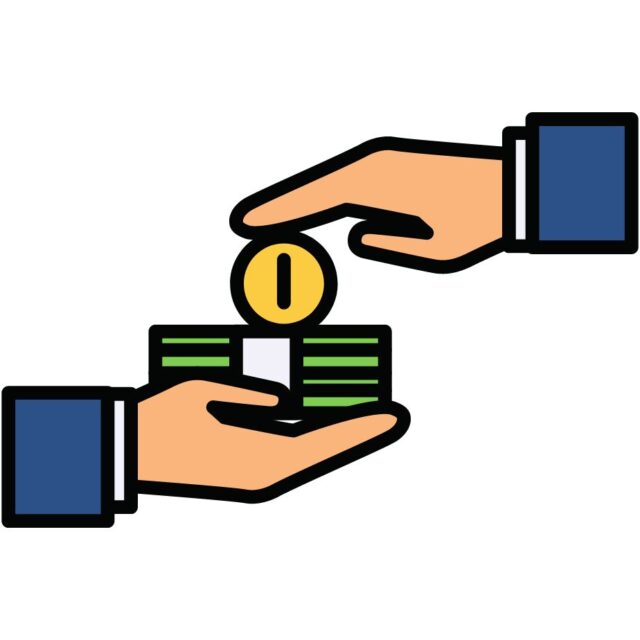
Are you confused about the different types of bonds? Do you know what an unsecured bond is and how it differs from a secured bond? In this blog post, we will go over the differences between unsecured and secured bonds. We will also discuss when it might make sense to invest in each type of bond. So, if you are interested in learning more about bonds, keep reading!
What is an unsecured bond and what is a secured bond
Unsecured bonds are also called debentures. They are debt securities that are not backed by any physical collateral. Unsecured bonds are usually issued by established companies with good credit ratings. Because there is no collateral, unsecured bonds tend to have higher interest rates than secured bonds. Unsecured bonds are also more risky for investors, since there is no asset to back up the bond in the event that the issuing company defaults on its payments. As a result, unsecured bonds are typically only suitable for investors with a high tolerance for risk.
Secured bonds, on the other hand, are debt securities that are backed by some physical asset. Common examples of collateral include real estate, vehicles, and equipment. In the event that the issuing company defaults on its payments, the bondholders will have a claim on the assets used as collateral. This provides a measure of security for investors, but it also means that secured bonds tend to have lower interest rates than unsecured bonds. For investors who are willing to accept a bit of risk in exchange for higher returns, unsecured bonds may be the better choice. However, for those who prefer a more conservative approach, secured bonds may be the way to go.
The benefits and drawback of each type of bond
Bonds are a type of debt instrument that can be used by companies, governments, or other entities to raise capital. There are two main types of bonds: unsecured and secured. Unsecured bonds are not backed by any collateral, while secured bonds are backed by some form of collateral. Both types of bonds have their own advantages and disadvantages.
Unsecured bonds tend to be less risky than secured bonds, since they are not backed by any collateral. This means that if the issuer defaults on the bond, investors will not be able to recover their investment. However, unsecured bonds also tend to offer higher interest rates than secured bonds, since they are considered more risky. This makes them an attractive option for investors who are seeking higher returns.
Secured bonds, on the other hand, are backed by some form of collateral. This collateral can be in the form of cash, property, or other assets. If the issuer defaults on the bond, investors may be able to recover their investment from the sale of the collateral. However, secured bonds typically offer lower interest rates than unsecured bonds, since they are considered less risky. This makes them a less attractive option for investors who are seeking higher returns.
How to decide which type of bond is right for you
When you are considering investing in bonds, one of the first decisions you need to make is whether you want to purchase an unsecured or secured bond. Unsecured bonds, also known as debt securities, are not backed by any collateral, which makes them a higher risk investment. However, they typically offer higher interest rates than secured bonds. Secured bonds, on the other hand, are backed by collateral, such as property or cash, which reduces the risk for investors.
As a result, secured bonds usually offer lower interest rates. When deciding which type of bond is right for you, it is important to consider your investment goals and risk tolerance. If you are willing to take on more risk in order to earn a higher return, an unsecured bond may be a good choice. However, if you prefer a safer investment with lower potential returns, a secured bond may be a better option.
The risks associated with each type of bond
Unsecured bonds are debt instruments that are not backed by any collateral. Because they are not backed by any assets, they are considered to be higher risk than secured bonds. Unsecured bonds are often issued by companies with lower credit ratings, and they typically offer higher interest rates in order to attract investors. As a result, unsecured bonds tend to be more volatile than their secured counterparts.
Secured bonds are debt instruments that are backed by collateral. The collateral can take the form of real estate, equipment, or even another company’s stock. If the borrower defaults on the loan, the lender can take possession of the collateral. Because they are backed by collateral, secured bonds are considered to be less risky than unsecured bonds. However, because the collateral can be seized by the lender in the event of a default, investors may require a higher interest rate on secured bonds.
Examples of each type of bond
Some examples of unsecured bonds include corporate bond, convertible bond, and some government bonds. Corporate bonds are issued by companies in order to raise capital. Convertible bonds can be converted into shares of stock at the holder’s discretion. Government bonds are issued by national, state, and local governments in order to finance various projects.
Some examples of secured bonds include mortgage-backed securities and asset-backed securities. Mortgage-backed securities are backed by a pool of mortgages. Asset-backed securities are backed by a pool of assets, such as car loans or student loans.

































